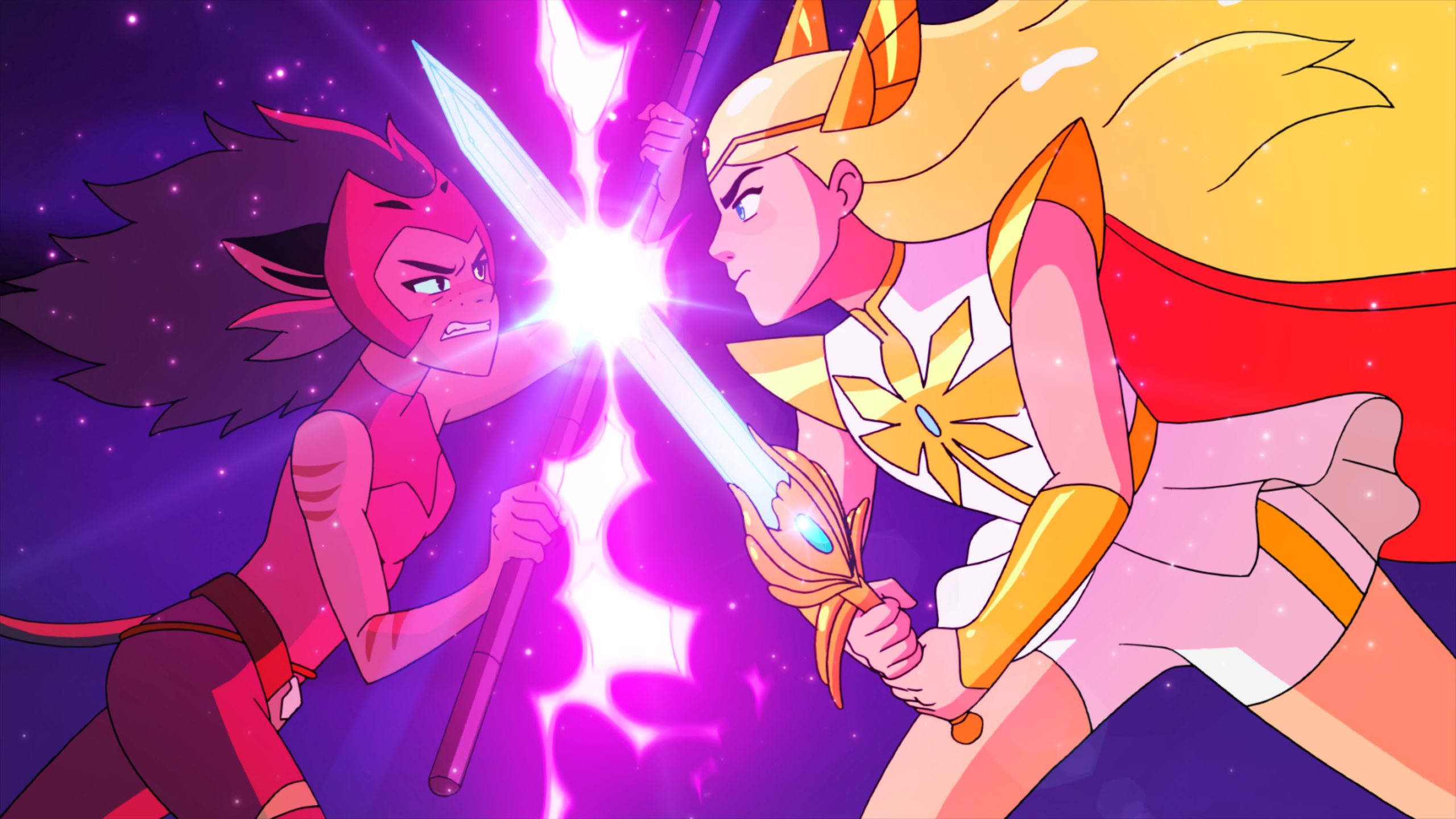Table of Contents Show
The magical girl genre has been a popular staple in Japanese anime for decades. Its influence has grown steadily, not just in anime culture itself but in western media as well. Following the success of popular magical girl series such as Sailor Moon and Card Captor Sakura, the west began to take note and create magical girls of their own. By incorporating certain tropes and aspects of the original magical girl into their own culture, western cartoons continue to pay homage to their Japanese counterpart while adding their own distinctive touch.
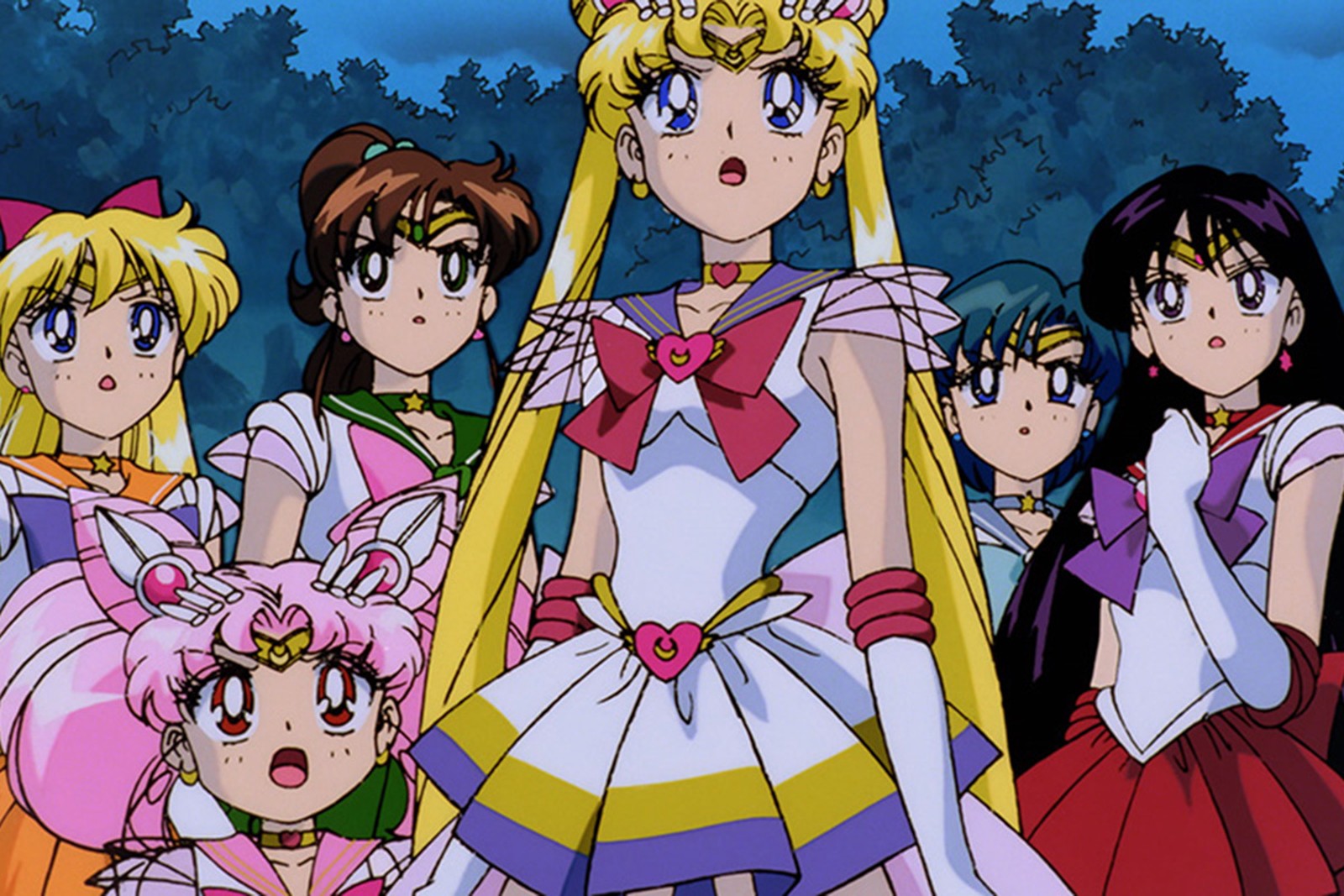
The popularity of magical girls skyrocketed in the 90s and 00s, which pushed western media to take on the genre itself. This created nearly an entirely new subgenre that opened up endless possibilities for the magical girl, including more inclusivity of characters, the breaking down of gender norms, and the immense power of feminism on the female audience.
A Brief History Of Magical Girls
The magical girl genre has technically been around since the early 1950s in Japan; however, the magical girl tropes we are familiar with today didn’t emerge until the early 1990s when popular shoujo manga Sailor Moon was adapted into an anime series. Sailor Moon is the foundation for most current magical girls series. It was the first to introduce the transforming heroine element that has stuck around in many other magical girl adaptations, including those in the west.
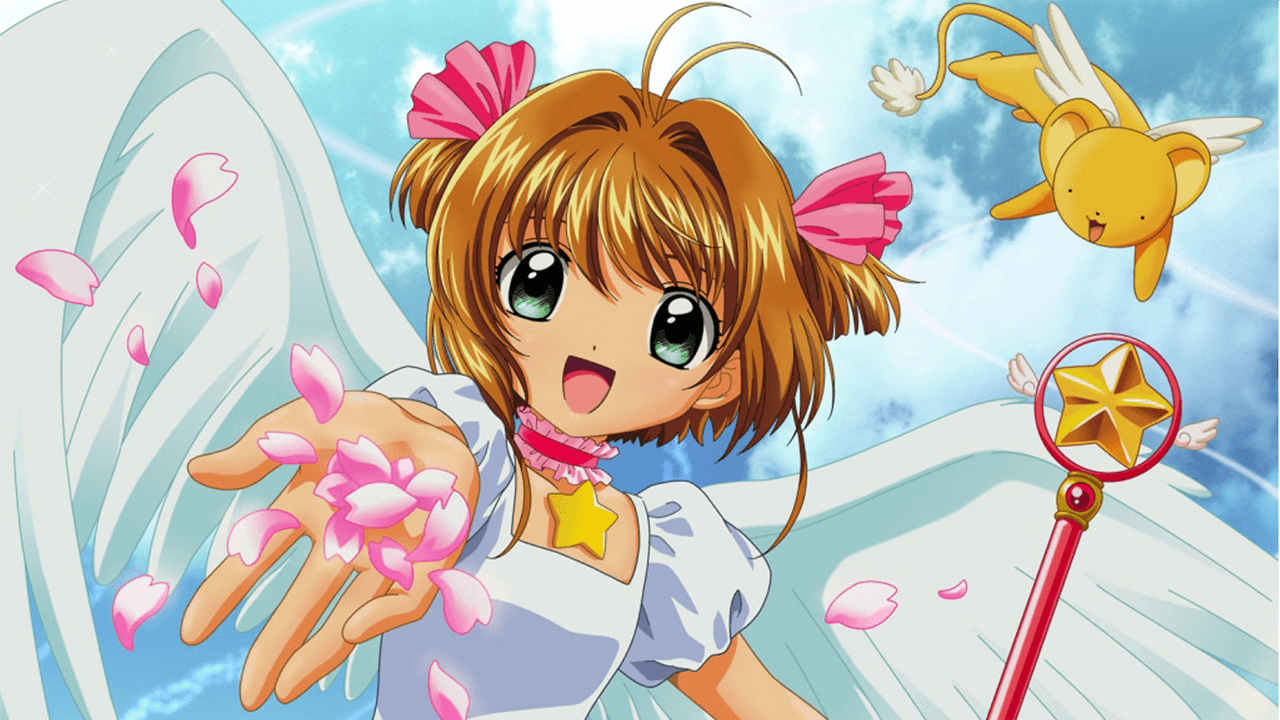
The transformation element in magical girl anime is a significant one. Though the process may seem merely quirky or even mildly annoying to some, the transformation process shifted how women were viewed in these types of anime. When the heroine transforms, she becomes the picture of both glamour and bravery. She dons colorful clothing, makeup, and sparkling accessories that make her stand out in addition to her magical powers.
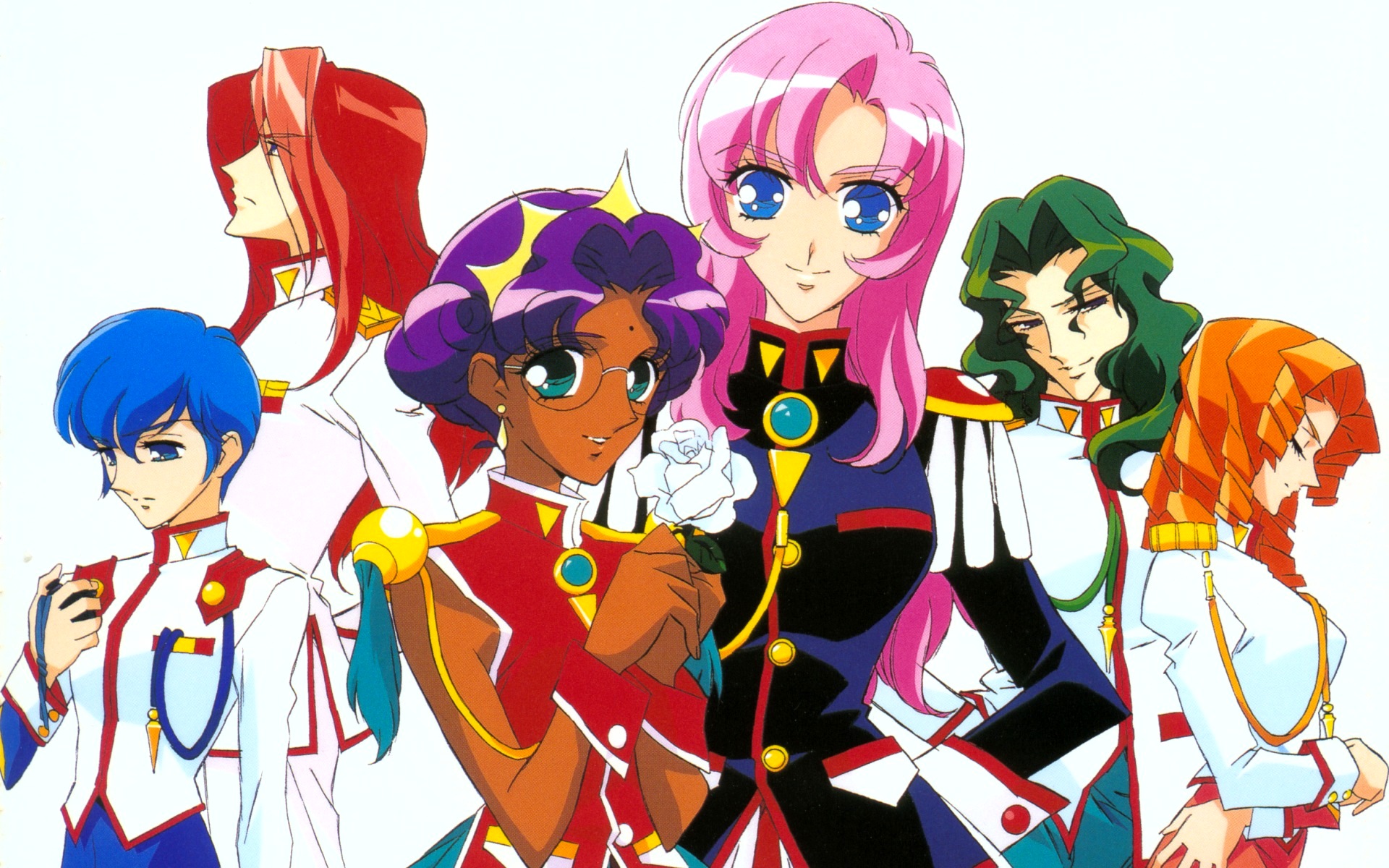
At first glance, this may seem like a form of hyper-femininity, but it is indeed quite the opposite. The transformation trope actually brought down the walls of gender stereotyping, as the act itself shows that a woman can be both feminine and strong. Cuteness no longer equaled weakness as fans watched pretty warriors take out one villain after another, and eventually, the transformation heroine trope stuck around for good.
The Rise Of Western Magical Girls
Many magical girl series that followed suit intended to capitalize on Sailor Moon‘s success, which is why there are so many notable tropes in the series that ended up in western-style cartoons. The magical girl genre began to rise in popularity following Sailor Moon with other exceptional series such as Revolutionary Girl Utena, Cardcaptor Sakura, Tokyo Mew Mew, and Pretty Cure. Many more would follow, and most of them eventually came to western countries such as the United States, where they also rose to popularity among American audiences.
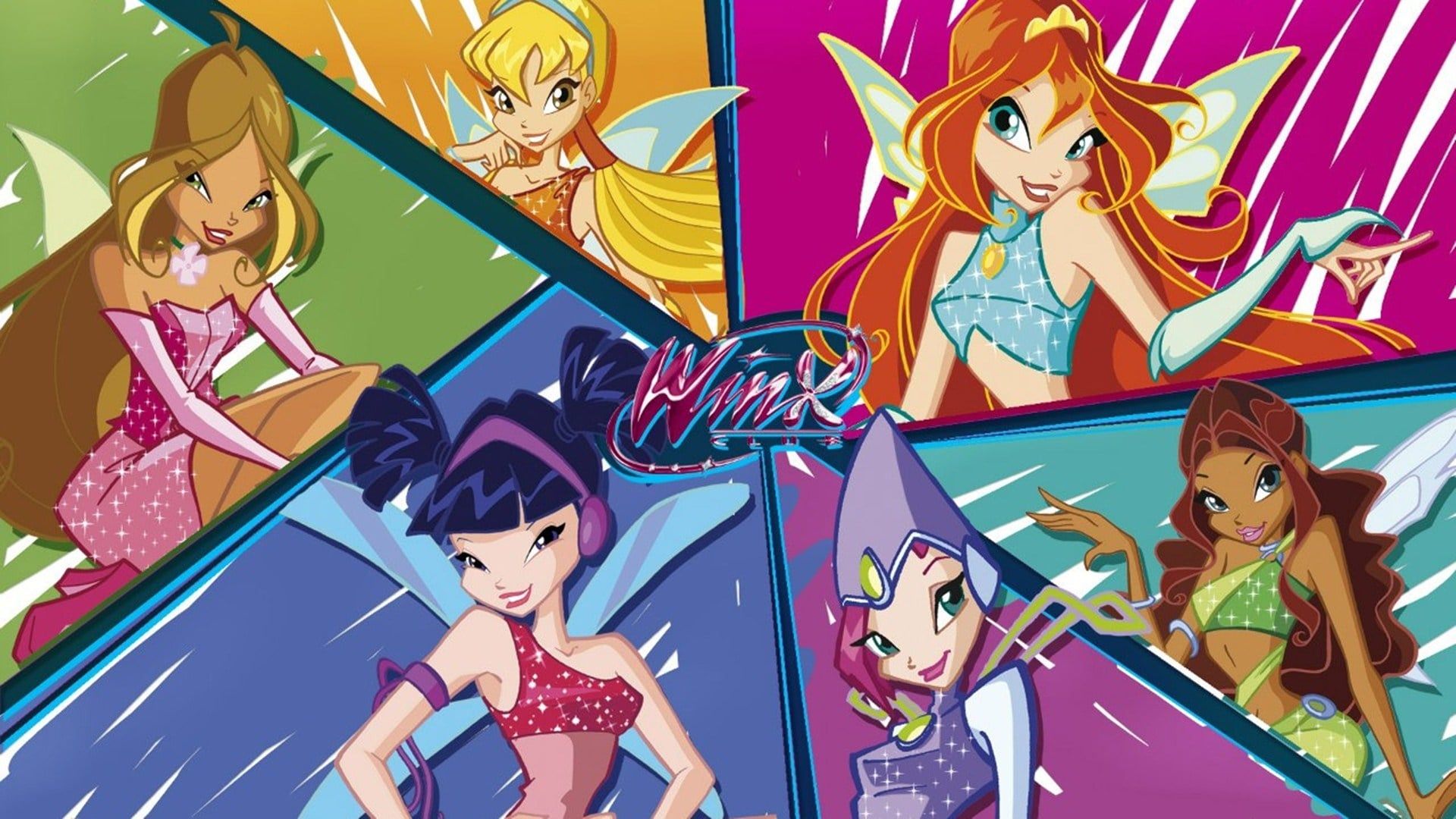
Shortly after magical girls (and anime in general) began to gain more popularity in the west, western creators began to take inspiration from Japanese magical girls and eventually go on to create their own. Many successful adaptations of magical girls have come out of the west, and each one had its own spin on the genre. Italian animated series Winx Club was one of the first western cartoons to garner attention. It paralleled many traditional magical girl tropes, with the animation style a cross between anime and its own distinguished cartoon style. Winx Club incorporated these classic magical girl tropes into western culture and became a commercial success. This was a pleasant change of pace for the time, as many western-style hero cartoons were extremely male-centric.
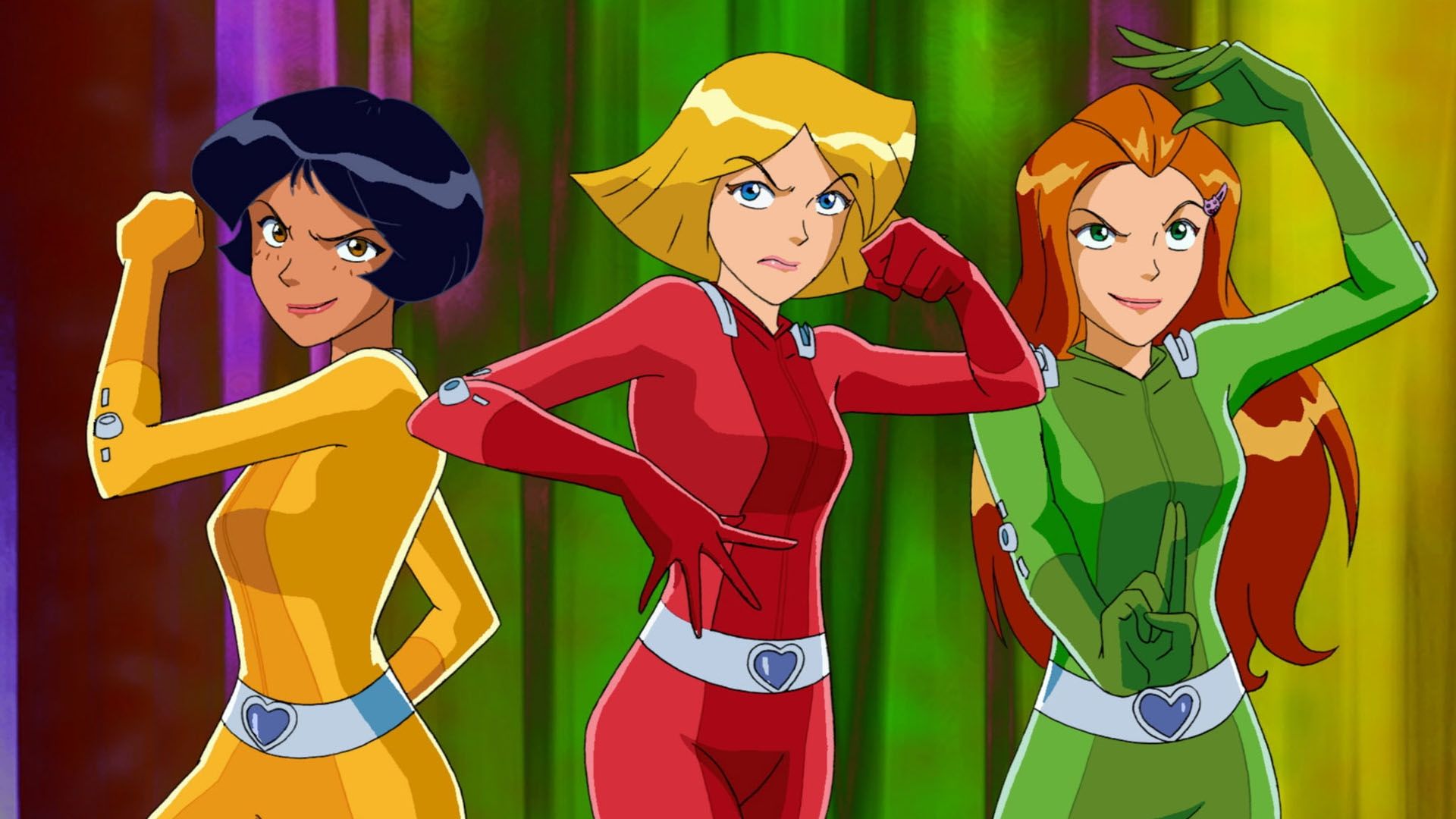
This, much like in Japan during the rise of magical girls, opened up for more diversity when it came to animated shows directed at young girls. It was a different approach that eventually would break down traditional gender norms and stereotypes in western cartoons. Girls could watch and relate to female superheroes who could fight the forces of evil while looking good. TV shows such as Totally Spies! and W.I.T.C.H. took a more unconventional approach to magical girls, but both made the same bold statement regarding feminism and powerful female characters.
Feminism And Breaking Down Gender Norms
Feminism plays a huge role in the magical girl genre in both eastern and western cultures. When magical girls took over the west, they gave female audiences something new that wasn’t common in western TV at the time. Cartoons seemed to be split when it came to demographics; many action-based and/or superhero programs were targeted mostly at young boys and were male-centric with very few female characters. As for the female characters that did exist, they were usually there simply to support the male protagonists in their endeavors and usually had stock character personalities.

As for content targeted at young girls? Many cartoons and films of the 1990s aimed at girls seemed overly saturated with princesses, fairies, ponies, and other cutesy things that were defined as “girly.” This is not to say that there was anything particularly wrong with most of these things. Still, the line that split up male and female demographics was apparent and only continued to heavily emphasize gender stereotypes. Young girls who felt that they didn’t fit this overly-feminine mold would migrate over to the “boy” cartoons and get the content they wanted, but not the representation.
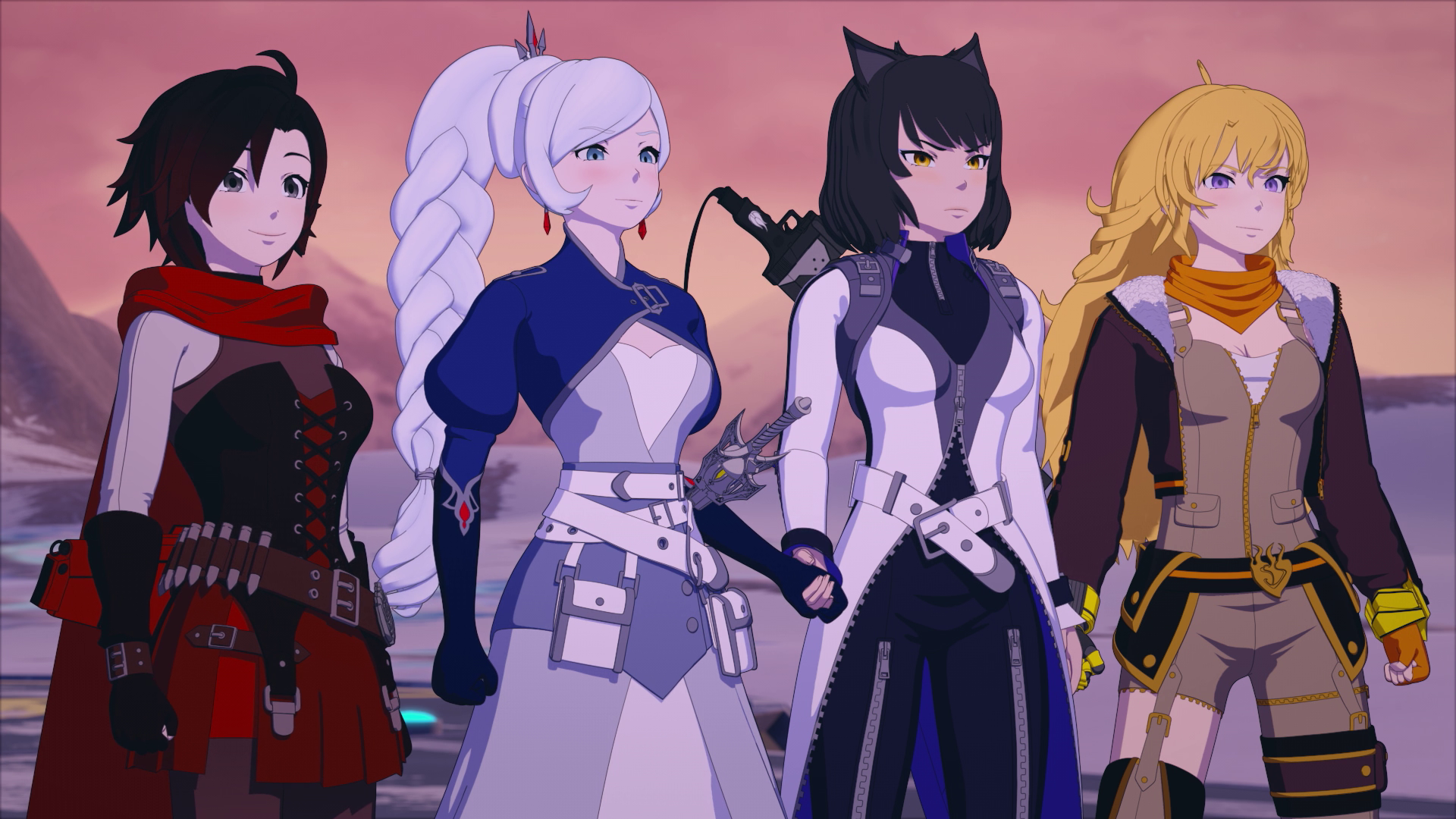
When magical girls became the norm in the west, the wall that divided the genders began to gradually come down. Some may argue that these shows were still overly feminine and catered to many gender stereotypes, and some of that may be true. However, these magical girls of the west would evolve and continue to open more doors to more diverse and inclusive ideas for future magical girls to come. Western magical girls have done away with being cute and girly as a weakness and played off of it, showing that girls can, in fact, be feminine (or not!) and still be a badass.
Inclusivity And The Power Of Love
As western magical girls continued to evolve with the times, more diversity was introduced into the genre. Sailor Moon had already been ahead of its time when the series introduced two openly queer characters. Its western counterparts would soon follow suit with groundbreaking shows such as Steven Universe and She-Ra and the Princesses of Power. These series managed to break down the barrier when it came to representation, as they introduced a variety of characters that were openly queer, as well as more POC characters from backgrounds of all sorts.
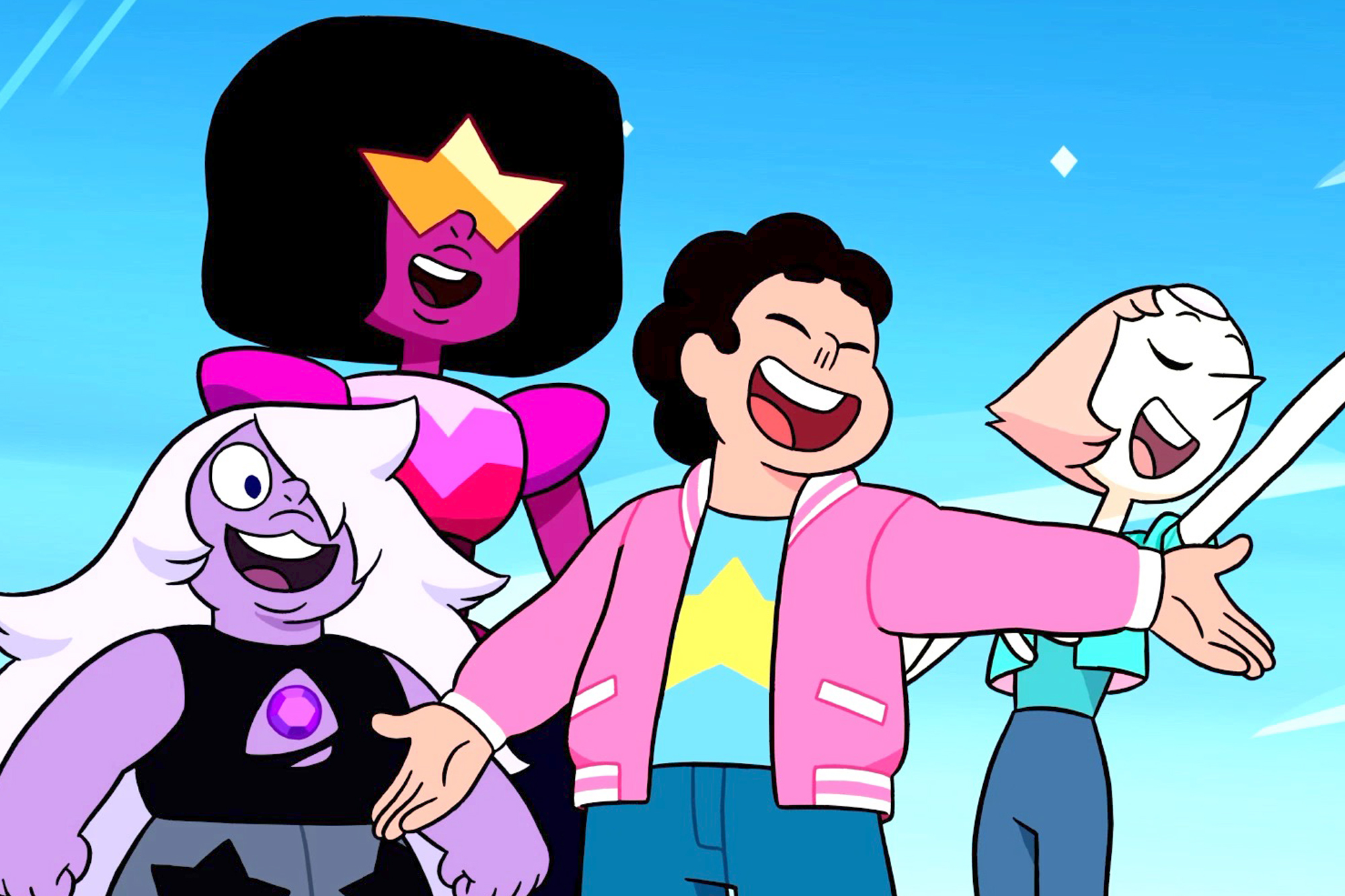
These inclusive themes brought out the power of feminism and made it possible to do start doing away with fragile masculinity. Steven Universe borrowed from traditional magical girl themes and ideas such as the power of love and redemption and molded it into its own unique story. Both female and male fans alike showed that it is okay for boys to cry, wear things that are considered feminine, and express themselves in ways that may not be “conventional.”
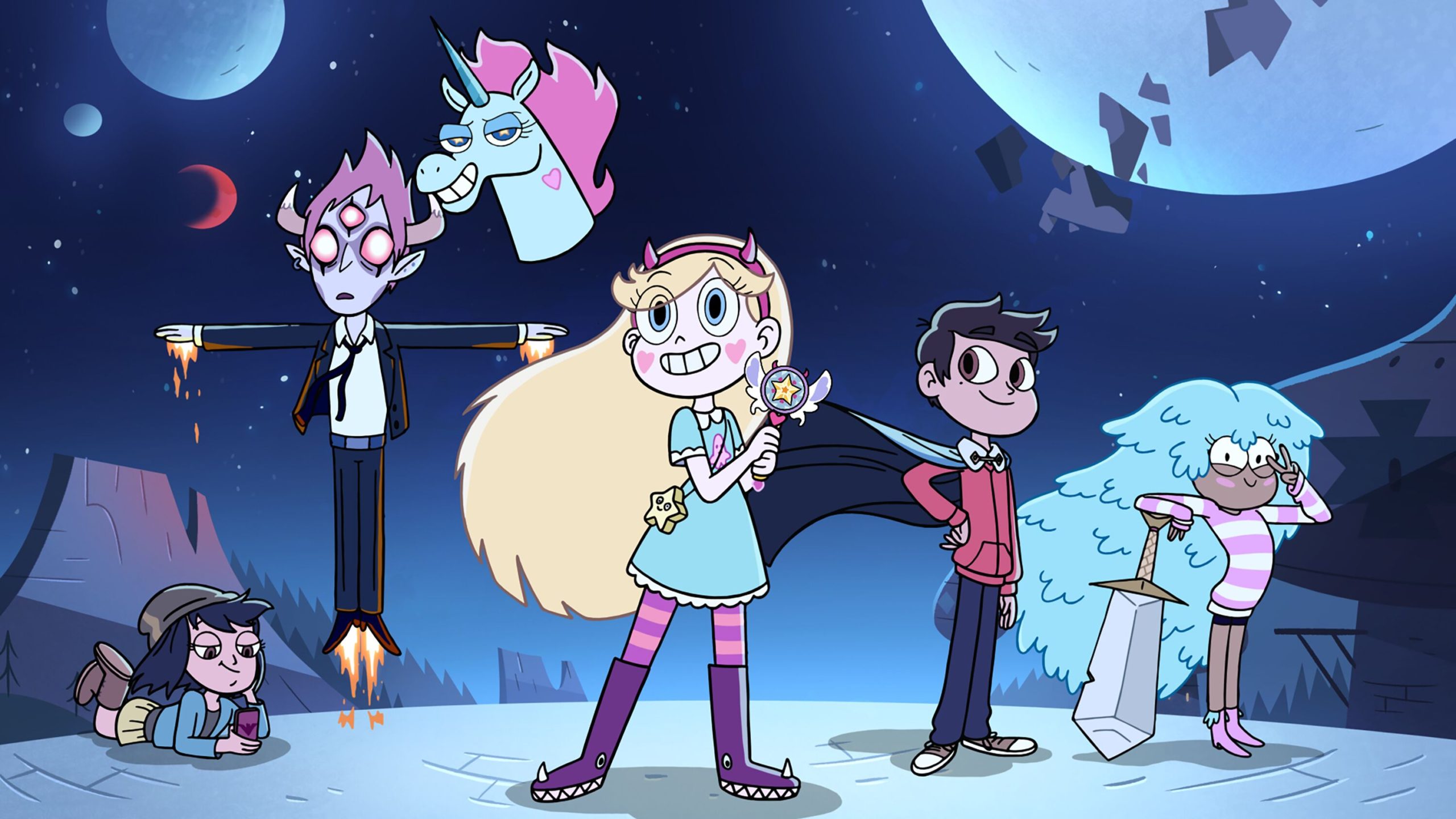
Steven Universe and many other modern-day magical girl programs of the west have broken down countless barriers when it comes to inclusiveness in television. From openly queer characters kissing and getting married onscreen to the inclusivity of more genuine POC characters, these shows were able to push the evolution of western magical girls even further. The Japanese magical girl genre has influenced the west in the most positive ways, and its traditional tropes and values have remained a foundation for even more magical girl programs to come.
The Lasting Effect Of Magical Girls
Magical girls are a wonderful creation that managed to take not only Japan but also the western world by storm. Western magical girls have made the genre their own while maintaining the original ideas of their Japanese equivalent. Inclusiveness, femininity, the power of love and friendship, and the deconstruction of gender roles have all been made possible for modern-day magical girls to embrace. Western magical girls have given the world something unique that girls can relate to and anyone who wishes to be a part of their magic.
